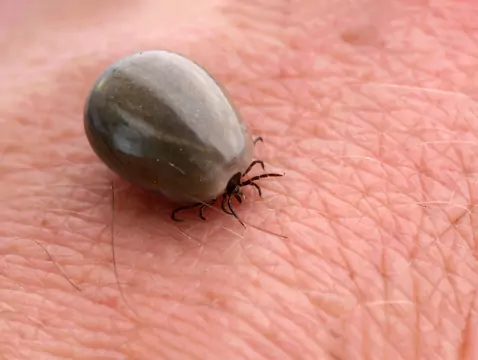Aggression is defined in a variety of ways, there are many theories of aggression and there has been a great deal of research into the phenomenon.
More recently, research has been conducted into the influence of neurobiological factors on aggression - this sheds new light on the problem at hand.
Aggression can be considered in terms of two issues: the aggressor as the perpetrator, and the victim, who is most affected by the violence.
The aggressor
In the course of research, a number of theories have emerged regarding the causes of aggression in the context of bodily functioning. Cezare Lombrozo developed the thesis entitled. , 'moral imbecility' meaning 'born criminal' as a person who stands out in a special way. This theory gave rise to a biological view of aggression, but today it is only of historical significance.Later, other concepts emerged concerning a neurobiological, genetic and endocrinological (testosterone theory) view of the concept of aggression.
Nowadays, much research is concerned with the biological paradigm, which focuses on brain function and structures, neuropsychology and neurobiochemistry. It is known that despite the importance of biological factors, psychosocial factors and other elements related to the issue at hand are also taken into account.

photo ojoimages
Aggression needs to be considered broadly as an effect of neurobehavioural changes and not as a simple brain-violence relationship. In this case, the brain should be viewed as the ,,arena" in which these behaviours occur and which has a partial, more or less significant, modulating effect on their nature.
Monitoring the changes taking place in the brain is possible thanks to the development of modern research and diagnostic techniques. Studies have been carried out using PET (positron emission tomography) and CT (computed tomography), which have imaged the structures and functioning of the brain of offenders.
The results showed abnormalities and pathological changes in their brains: decreased blood flow and reduced glucose metabolism in the frontal lobes and left temporal lobe. It also appeared that in offenders who did not feel guilt, metabolism in the left frontal lobe was also reduced.









